What Is a Pixel and How Does It Affect Photo Quality?
Blurry photos or images that fall apart when zoomed in can be common frustrations faced when dealing with poor image quality. The culprit behind this is often mismanaged pixels, the tiny building blocks that make up every digital picture. It's easy to end up with disappointing results without a clear understanding of what is a pixel and how different devices or file types handle them. Therefore, this article will break down everything for you.
Part 1. What is Pixel Image: Fundamental Definition & Composition
Before you know the details about megapixels and the resolution of the pictures, let’s discover what is pixel image with its detailed definition:
What is a Pixel?
It is a short for picture element that is the smallest unit of a digital image or display. They are not fixed-size dots but rather a dynamic abstract unit whose appearance depends on screen resolution and zoom level. Each pixel typically appears as a tiny square and is made up of sub picture element in red, green, and blue (RGB). This combines at varying intensities to create a range of colors you see on your screen.

What is a Pixel in Computer Graphics?
After learning what pixels are, let's get to know graphic pixels that represent a single point of color, storing one color value based on the display print model. It typically shows as RGB for screen and CMYK for printing. They also form the basis of image resolution, where PPI (Pixels per inch) determines the sharpness and clarity of the photo. Modern displays like Retina screens use a higher scaling ratio (2x or 3x).
Common Terms to Understand About Pixel
Now that you know what is pixel here is a comprehensive table to understand a few more terms:
| Term | What It Means |
|---|---|
| PPI (Pixels Per Inch) | How many pixels are packed into one inch of a screen |
| DPI (Dots Per Inch) | How many dots are printed in one inch of paper |
| Aspect Ratio | The shape of an image (width vs height), such as 16:9 or 4:3 |
Part 2. What is Megapixels, Image Resolution and Picture Sizes?
The following section will cover what a megapixel is in a camera, photo resolution, and what is considered high:
What is a Megapixel in Camera?
This is equal to one million pixels and is used to measure a camera’s resolution. For example, a 12MP camera can capture images that can contain 12 million individual picture element which provides more detail and allowing for large prints.
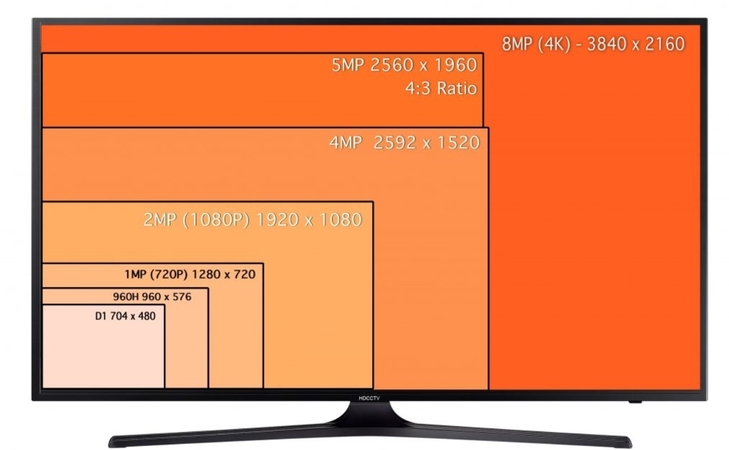
What is a Photo Resolution?
It refers to the total number of picture elements in an image, calculated by multiplying its width and height. For instance, a photo that is 4000x3000px has a resolution of 12 megapixels.
What are Standard Picture Sizes
The standard picture size usually replicates the common photo printing sizes, which also comes in different sizes and orientations. Out of the variety of sizes that are commonly used for pictures, the most standard picture sizes include 4"x6", 5"x7", and 8"x10". Some other common sizes include 8.5"x11", 11"x17", 13"x19" and many more.
Megapixels vs Resolution: What is Considered Higher?
For comparison of both, it's necessary to recognize that more megapixels don’t automatically mean better image quality. The amount of detail a camera captures is influenced by how those pixels are recorded. For example, a larger sensor lets each pixel collect more light, improving low-light performance and dynamic range.
Part 3. Pixels on Different Devices and File Types
Pixels don’t behave the same across all screens and formats. Here is how they function differently on various devices and file types:
Different Devices Pixels
1. Cameras: The image quality taken from this largely depends on the sensor’s megapixel count, which defines how many pixels it can capture. More of them allow for higher resolution photos that retain detail when zoomed.
2. TVs/Monitors: Normal display resolution such as HD or 8K are based on the number of pixel counts, such as 4K = 3840×2160. Higher resolution screens show sharper images, especially when they are displayed on larger screens.
3. Mobile Devices: Smartphones and tablets often use high PPI screens such as Retina displays. These tightly packed pixels make images and texts look crisp even on small screens.
4. Image Files: Different file types like JPG, PNG handle pixel data and compression differently. This affects both photo quality and file size when saved or shared.
5. Digital Art & Design: Graphic designers work with pixel dimensions to check accurate layout, resolution, and scaling. It is crucial for web, print, and digital projects to choose the right size.

Pixels and File Types
Let’s understand what are regular photo sizes and other factors are in the following section:
1. Raster vs. Vector: Images are made of picture elements, such as JPEG or PNG, which means they lose quality when enlarged. Files like SVG or AI use paths and shapes so they stay sharp at any size.
2. File Size: The more pixels a picture has, the larger the file size is; for instance, 8K images are much heavier than HD ones. This affects storage and upload speed or load times on websites.
3. Compression: Lossy photos like JPEG reduce file size, removing some pixel data, which can lower the quality of the picture. On the other hand, lossless compression like PNG keeps all pixel detail intact but results in bigger files.
Part 4. Mastering Pixels: How FotorPea AI Transforms Image Resolution
It is vital to understand what the pixels in the image represent to determine the quality. Nevertheless, not every photo comes out perfectly; low resolution or noise can often ruin an otherwise great shot. Therefore, you can use an AI-powered tool like HitPaw FotorPea to intelligently enhance images at the pixel level, sharpening edges and improving colors. It transforms low-quality images into clearer, more professional visuals, making it an essential solution without requiring skills.
Key Features
1. The Face Model is specially designed to enhanced pixelated portraits by smoothing skin, refining details, and removing blemishes for a natural and polished look.
2. You can increase the pixelated image resolution up to 16K with Upscale Model without losing clarity, which is ideal for enlarging photos for prints or high-resolution display.
3. Its Denoise Model helps reduce grains and visual noise in low-light or high ISO pixelated images, for restoring a cleaner and more professional finish.
4. It automatically boosts the pixelated image quality by adjusting sharpness, resolution, and overall detail, which is perfect for quick improvements.
5. To bring blurry photos back to life users can enhance edge definition and fine textures of pixelated pictures Sharpen Model.
Steps on How to Upscale Image Resolution to Perfection with FotorPea
After learning all about what a pixel is, if your pictures still come out blurry, follow the given detailed step-by-step guide to understand how to enhance them:
Step 1. Open the HitPaw FotorPea and Grab the AI Enhancer ToolAccess the tool on your device and choose the AI Enhancement tool by clicking the “Enhance Photos Now” button.
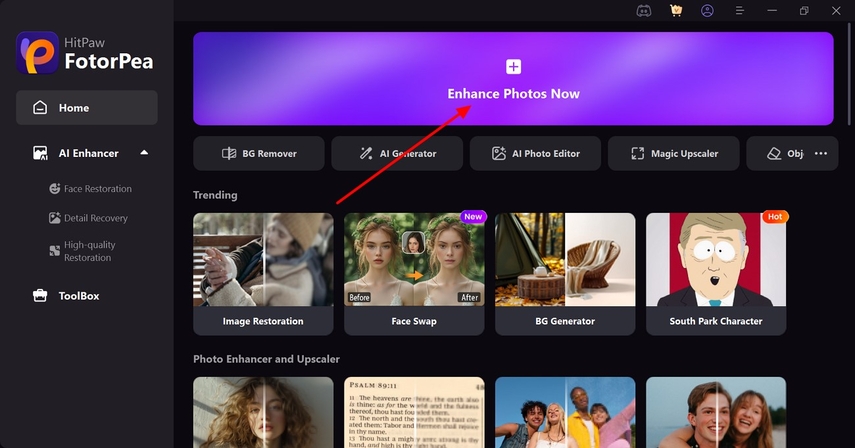
Step 2. Upload Your Image that You Want to Improve
From the next screen, press the “Drag and Drop Files Here” button to add the blurry image that you want to enhance.

Step 3. Choose the Desired AI Model and Preview It
Next, from the side panel under “AI Model,” toggle the desired one, such as “Upscale Model,” and hit the “Preview” button to start the enhancement process.
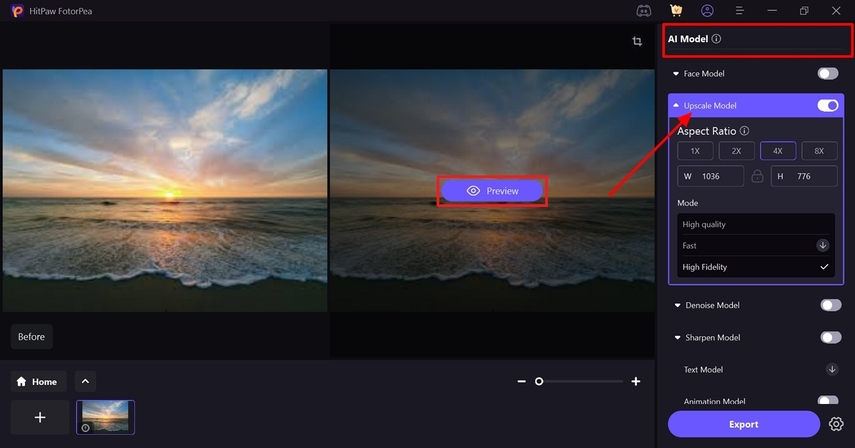
Step 4. Check the Final Results and Download Enhanced Photo
Once the image is enhanced successfully, check the before and after results and click the “Export” button to save it on your device.

Conclusion
In conclusion, the noise in the images can ruin the overall look, whether it's professional or personal. Hence, this guide has introduced you to a detailed explanation of what is a pixel and other important terms, such as megapixels and the resolution of the photo. Yet there are times when your pictures come out blurry, no matter what you do. For that, you should use HitPaw FotorPea, which is an advanced AI tool.


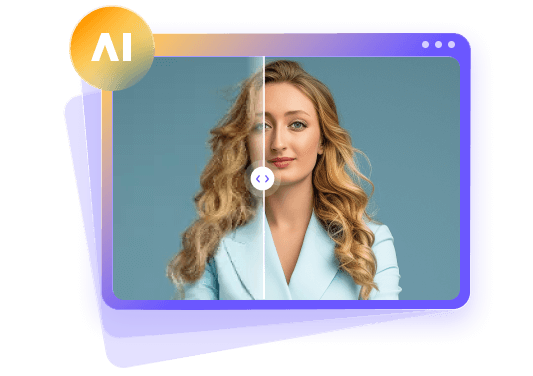





 HitPaw Edimakor
HitPaw Edimakor HitPaw VikPea (Video Enhancer)
HitPaw VikPea (Video Enhancer) HitPaw Univd (Video Converter)
HitPaw Univd (Video Converter) 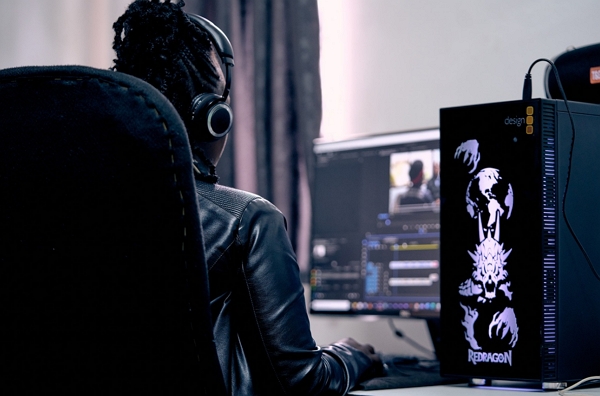
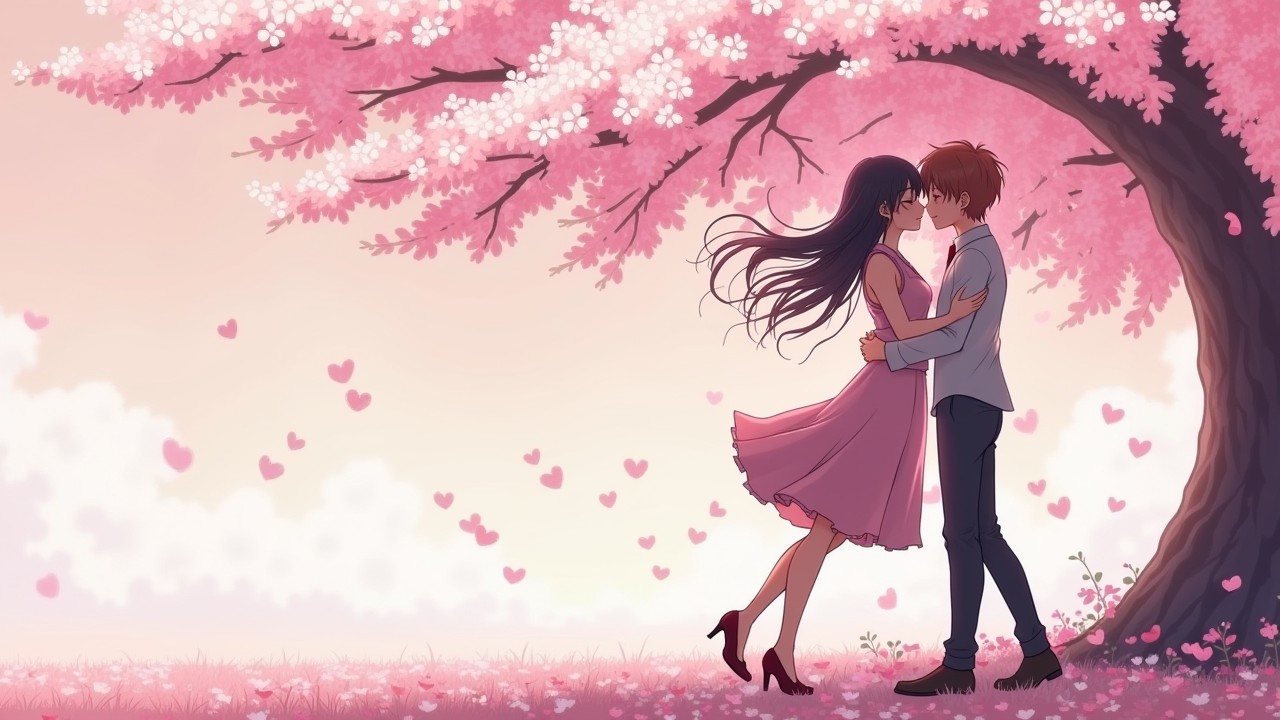
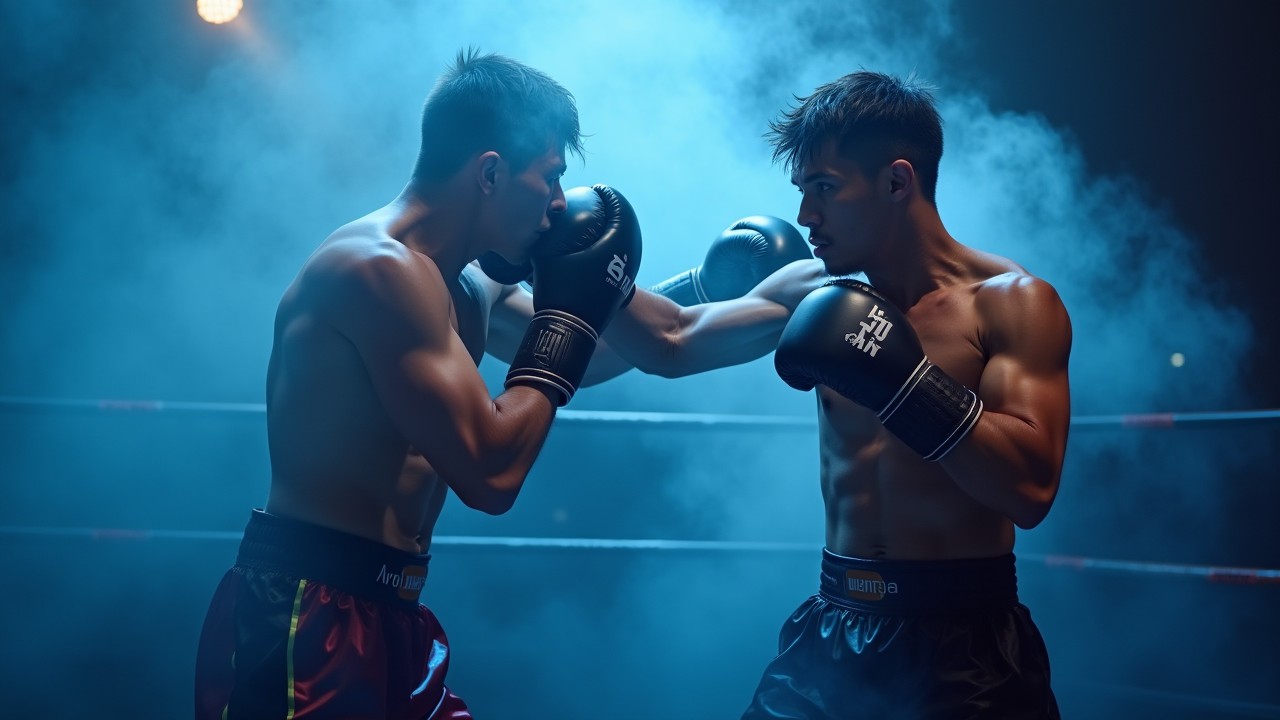

Share this article:
Select the product rating:
Daniel Walker
Editor-in-Chief
This post was written by Editor Daniel Walker whose passion lies in bridging the gap between cutting-edge technology and everyday creativity. The content he created inspires the audience to embrace digital tools confidently.
View all ArticlesLeave a Comment
Create your review for HitPaw articles